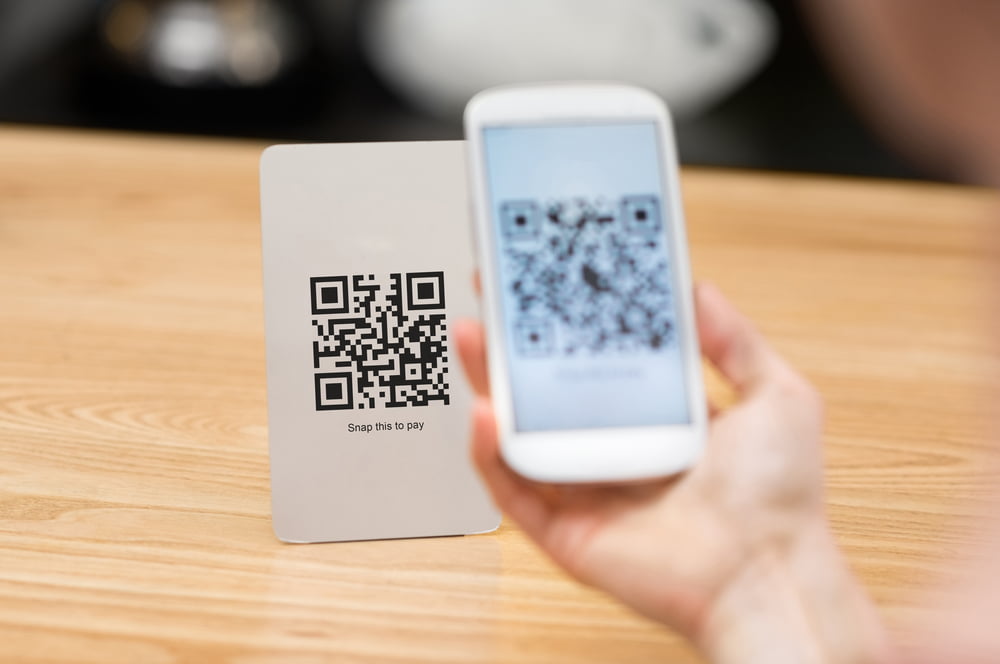Everyone knows technology plays a big role in China. Especially in the financial sector, there are plenty of interesting technology-related developments to keep an eye on. The use of QR codes has increased exponentially over the past few years. Surprisingly, street beggars are now using this technology as a way to collect money.
QR Codes Serve Different Purposes
Given the popularity of mobile and digital payment solutions, it’s not surprising to see QR codes become more commonplace. Even popular payment tools such as WeChat Pay and Alipay have integrated QR technology in their wallet solutions. With consumers using their smartphones for ordinary purchases on a near-daily basis in China, it is only normal that people would try to bring more use cases for this technology to the table.
Surprisingly, the newest use case involves street beggars asking for money with the help of boards or baskets with QR codes on top of them. Rather than asking passersby to take out their wallets and look for spare change or a bill, they can simply scan the code and complete a payment of their choosing. It is a rather interesting turn of events for many reasons. Begging for money is slowly entering the digital era.
On paper, it makes a lot of sense for street beggars to embrace this technology. Not only will it increase their chances of getting some money from people, but it also shows how QR codes can be used for social good in multiple ways. As QR codes become the new normal, it is evident that cash and other traditional payment methods are slowly on the way out in China.
However, this is not the only evolution taking place among Chinese street beggars. Some beggars are going as far as using traditional point of sale machines to collect payments from passersby, which is both interesting and worrisome. Entering a payment card in an unverified PoS terminal can result in getting one’s card details stolen, which is something to be wary of at all times.
Perhaps the most interesting takeaway from all this is that most beggars seemingly have access to (cheap) smartphones capable of dealing with these payment applications. China is home to very low budget phones, after all, and if this method will increase a beggar’s chance of getting money, it may very well be worth the investment. How they decide to spend this money once it has been received is a different matter altogether. WeChat Pay and Alipay have made major inroads across convenience stores and other businesses, which means there isn’t even a need for a bank account when using these services.
It will be interesting to see if the trend of beggars using QR codes becomes more commonplace in other parts of the world. Outside of Asia, the use of QR codes for payments is still very limited, mainly because most merchants and retailers have no interest in experimenting with this technology. That will eventually come to change, but it’s unclear if QR technology will ultimately prove to be a temporary trend.

